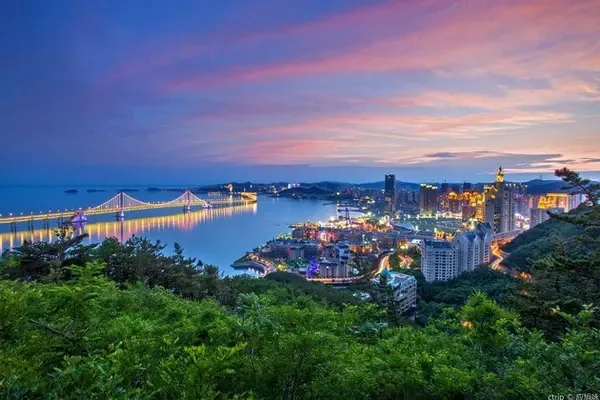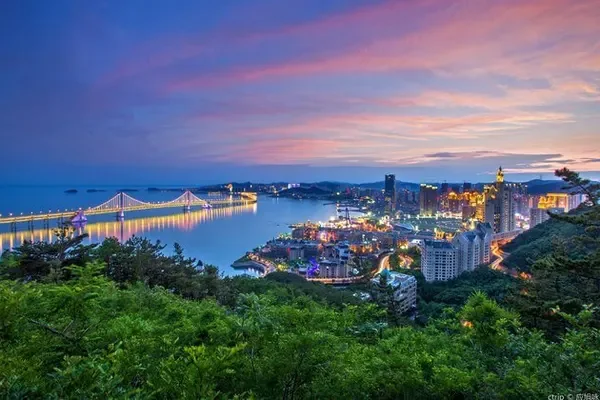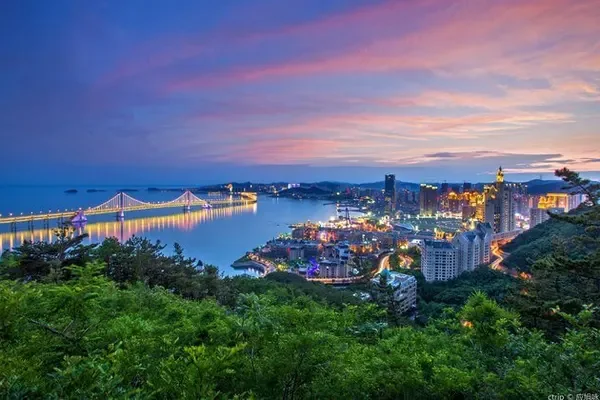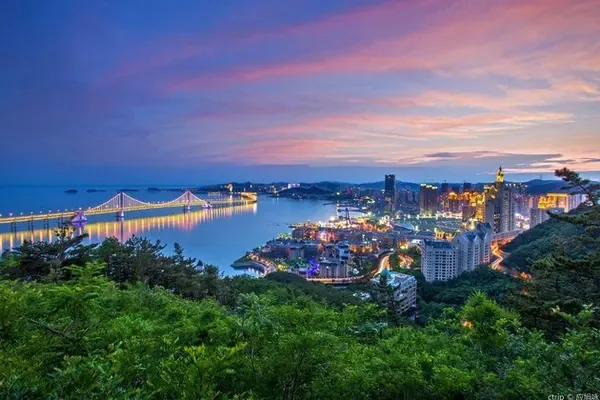China is so big, I want to visit it. Take you to a place you have been or have not been to.
Because of these six tents, there is the Qinghai-Tibet Highway and this city.
Golmud Railway Station

Golmud is located in the west of Qinghai Province and the hinterland of the Qinghai-Tibet Plateau, and is the second largest city in Qinghai Province. More than 60 years ago, it was a barren "place with dense rivers" ("Golmud" in Mongolian means a place with dense rivers).
Golmud

In 1951, when Tibet was peacefully liberated, two armies marched into Tibet from the southwest and northwest respectively. There were a total of about 30,000 troops in the two routes, and the daily consumption of food alone was 40,000 to 50,000 kilograms. The central government has clear regulations on the troops entering Tibet, and they will not take territory when they enter Tibet. At that time, the only roads leading to Lhasa were the Ancient Tea-Horse Road in the southwest and the Camel Road in the northwest, so the transportation of supplies became a major problem.
Golmud Kunlun Garden Plaza


The supply task was in charge of the Northwest Bureau at that time. 28,000 camels, together with more than 1,000 hired camel workers, gathered in a small town called Xiangride in Qinghai. The town is 500 kilometers away from Xining, the capital of Qinghai Province, and the road only leads here. Xiangride is a granary rich in grain. During the Republic of China, it became Ma Bufang's grain storage base, and the headquarters of the transportation team into Tibet was also located here.
General Mu Shengzhong, the political commissar of the Tibet Transportation Corps, drove yaks and camels with the team twice, and transported supplies to Lhasa along the deserted roads stepped by the shepherds. In addition to low transport efficiency and self-consumption, transport troops will also encounter getting lost. Once strayed into the Hoh Xil swamp known as the "death zone", resulting in the death of a large number of yaks, camels and people.
The lesson was painful, and in order to avoid falling into the swamp again, the general looked around for a safe route to Tibet. The general accidentally heard from local Tibetans that about 600 miles to the west from Xiangride, there is a Pingchuan named "Garmu". Ma Bufang once built a simple road leading to "Garmu". From "Garmu" and then along the edge of the snow-capped mountains, across the Kunlun Mountains and Tanggula Mountains, you can reach Lhasa, Tibet via the Heihe (Naqu). The general picked up the military map left by Ma Bufang, and "Karmu" was a small black dot.
Under the guidance of local herdsmen, the general led the detachment through a five-day trek, asking along the way if this is "Karmu"? One evening when they pitched their tents, no one was sure whether this was the "Karmu" they were looking for. The general said, "Where the tents are set up, there is Karmu." When the team members woke up the next morning, they were amazed to see a sign with three large characters—"Karmu". This is the general's wisdom, and stabilizing the morale of the army is the top priority! The place where six tents were pitched that night is today's "Golmud". The general led his troops to set up camp here, built earth nests on the wasteland, and started the road construction project on the Qinghai-Tibet Plateau.
Some people said why not transport supplies from Sichuan and Yunnan. The Sichuan-Tibet Road is even more difficult. Chengdu is 500 meters above sea level, and Lhasa is 3,600 meters above sea level. Between them, you have to climb the high and low Hengduan Mountains. Although the average altitude of the Qinghai-Tibet Highway is more than 4,000 meters, the ups and downs are gentle after climbing the Kunlun Mountains. It was the shortest, best and safest road to Tibet at that time. It took only seven months to build the Qinghai-Tibet Highway, and four years to build the Sichuan-Tibet Highway, with many sacrifices. The Qinghai-Tibet Railway has been in operation for more than ten years, and the Sichuan-Tibet Railway will have to wait for more than ten or twenty years.
Lhasa, Tibet, Qinghai-Tibet Sichuan-Tibet Highway Monument

General Mu Shengzhong was honored as the father of the Qinghai-Tibet Highway

In the summer of 2011, I came to Golmud for the second time, five years after the first time. This time I took the train from Lhasa to Golmud. Driving all the way on the Qinghai-Tibet Plateau, the scenery of the plateau is beautiful.
Lhasa Railway Station

Beautiful scenery of the Qinghai-Tibet Plateau



When I came to Golmud in 2006, the "General Building" was deserted. The General Building was locked there alone, and the surrounding soil nests were already ruined. I came here again in 2011, and the "General Building Park" is already open and free.
General Building in 2006

General Building Park




The General Building used to be the first two-story building erected within a thousand miles, and it ushered in a new era in the history of Golmud. The general building and the attached houses on both sides look like a fuselage with two wings. Soldiers call it the aircraft building. The three characters "General Building" were engraved by the Political Department of Lanzhou Military Region in 1978.


There are a few trees planted by the general in front of the building. Before that, there were only grass but no trees here. These are the first batch of trees in Golmud. Today's Golmud has become "half city with green trees and half city tower".

The Tianlu Monument in the park is made of stainless steel models that symbolize highways and railways. The gesture of putting hands together and towering into the sky symbolizes the installation of a pair of red wings for Tibet.


The sword and the plow represent the defense of the frontier and the construction of the frontier

Six tents and the first generation of builders of the Qinghai-Tibet Highway

The construction of the Qinghai-Tibet Railway was actually divided into two sections. The first phase of the Xining-Golmud section was completed and opened to traffic in 1984, and the entire Qinghai-Tibet Railway was opened to traffic in 2006.
Qinghai-Tibet Railway

Women who dedicate their youth to plateau road building and construction

Today's Golmud is a national land hub station and an industrialized city. Golmud City is rich in resources. Chaerhan Salt Lake is the largest salt lake in the country and the second largest in the world. The reserves of potassium, magnesium and lithium salts rank first in the country. Golmud is the salt capital of China.
When I went to Golmud in 2006, I went to Kunlun Mountain Pass, Salt Lake, and Populus euphratica forest (the highest Populus euphratica forest in the world), and I also posted travel notes, so I won’t repeat them here.
In Golmud, there is nothing more delicious than kebabs, large pieces of mutton, which can satisfy your taste buds.

Please pay attention to more content, Lotto Leyou
Sohu Account\Baijia Account\Daily Express\NetEase Account\Qu Toutiao\Today’s Toutiao\Sina Highlights\Dayu\Yiandian Information\Zhihu\Sina Weibo



